JGSDF’s Multi-Role Helicopter
Japan’s Ground Self-Defense Force (JGSDF) is responsible for conducting airborne operations using helicopters, and has long favored the versatile UH-1 series alongside the the CH-47 Chinooks.
But, an increasing number of UH-1J helicopters are becoming obsolete, promoting the demand for a new multi-role helicopter – the UH-2 which was jointly developed by Subaru and the American Helicopter Giant “Bell.”
- General Overview
| Length | 17.13m (56.2ft) |
| Wingspan | 2.9m (9.5ft) |
| Height | 4.54m (14.9ft) |
| Crew | 2 pilots + 14 people |
| Maximum Speed | 260km/h (161.5mph) |
| Maximum Range | 670km(416miles) |
| Service Ceiling | 5,000m (16,400ft) |
| Unit Price | 14 million USD |
Although the UH-1J helicopter has outstanding and highly reliable capabilities, concerns have been raised regarding its performance overwater as well as the relatively short range.
A considerable number of UH-1Js have already exceeded their expected service life, necessitating the introduction of a successor aircraft to maintain the current airlift capacity.
Hence, the UH-2 was brought into service in 2021 with a projected total of 150 units to be produced over the span of 20 years.
Originally, this role was supposed to be fulfilled by the UH-60JA Blackhawk helicopters, but with a price tag costing three times that of the UH-1J, the ideal plan was scrapped and replaced with the cheaper UH-2.
Evolution On The Inside
Based on Bell’s 412 EPX helicopter, the UH-2 has excellent versatility and reliability just like its predecessor, though it does differ in several aspects.
Firstly, the rotor blades were increased from two to four blades, reducing noise and vibration, while also improving overwater flight capabilities. Adding to this, the engine was upgraded to a twin-engine configuration, not only increasing power output, but also extending the range and service ceiling.
Moving on to the interior, the cockpit has been upgraded from analog instruments to display screens, and automatic piloting and new navigation features were added to the aircraft.
These new features enable both pilots to focus on surveillance or searching missions and eliminated the outdated method of using paper maps or GoogleMaps to identify the terrain below.
In sum, the UH-2 does not appear to change much from the outside, but has undergone significant evolution on the inside. Despite these enhancements, unit cost has remained quite favorable for the JGSDF, making the price equivalent to that of the UH-1J.
Future Plans For The UH-2
While the UH-2 gradually makes its way into JGSDF units, several plans to further upgrade the helicopter has been proposed.
For example, ideas to install missile warning systems and chaff/flare dispensers have emerged due to helicopters being shot down by portable weapons (MANPADs) in Ukraine.
There are also proposals to arm the UH-2 as an alternative to attack helicopters since the latter is scheduled to be abolished in the near future. With improved capability for flying over water, an armed UH-2 can be theoretically useful in island defense scenarios, but the practicality of such approach remains doubtful.

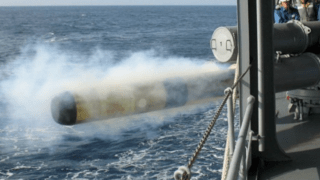
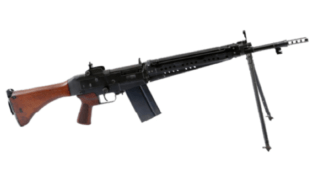
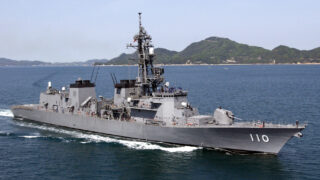
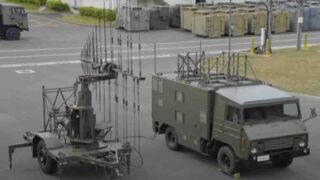
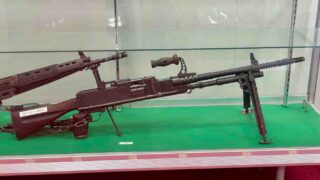
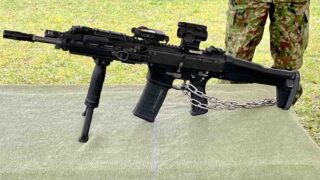
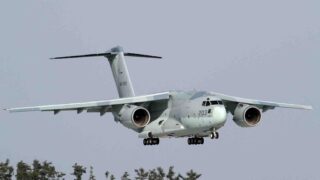
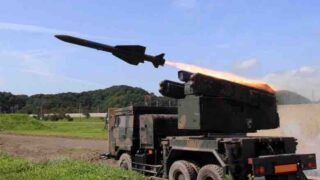
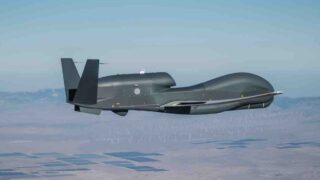
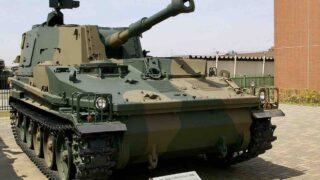

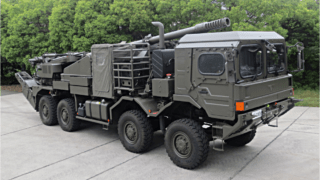
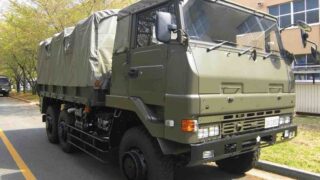

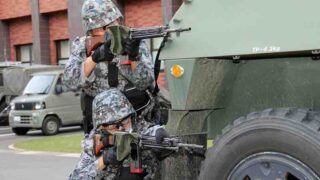
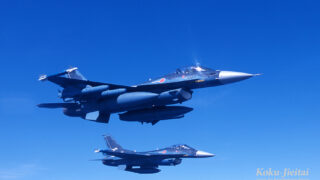
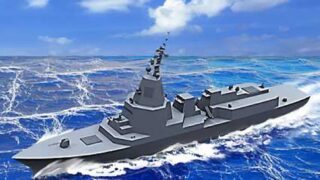
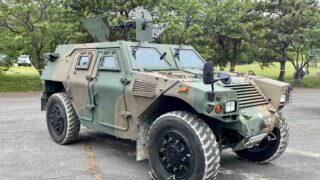
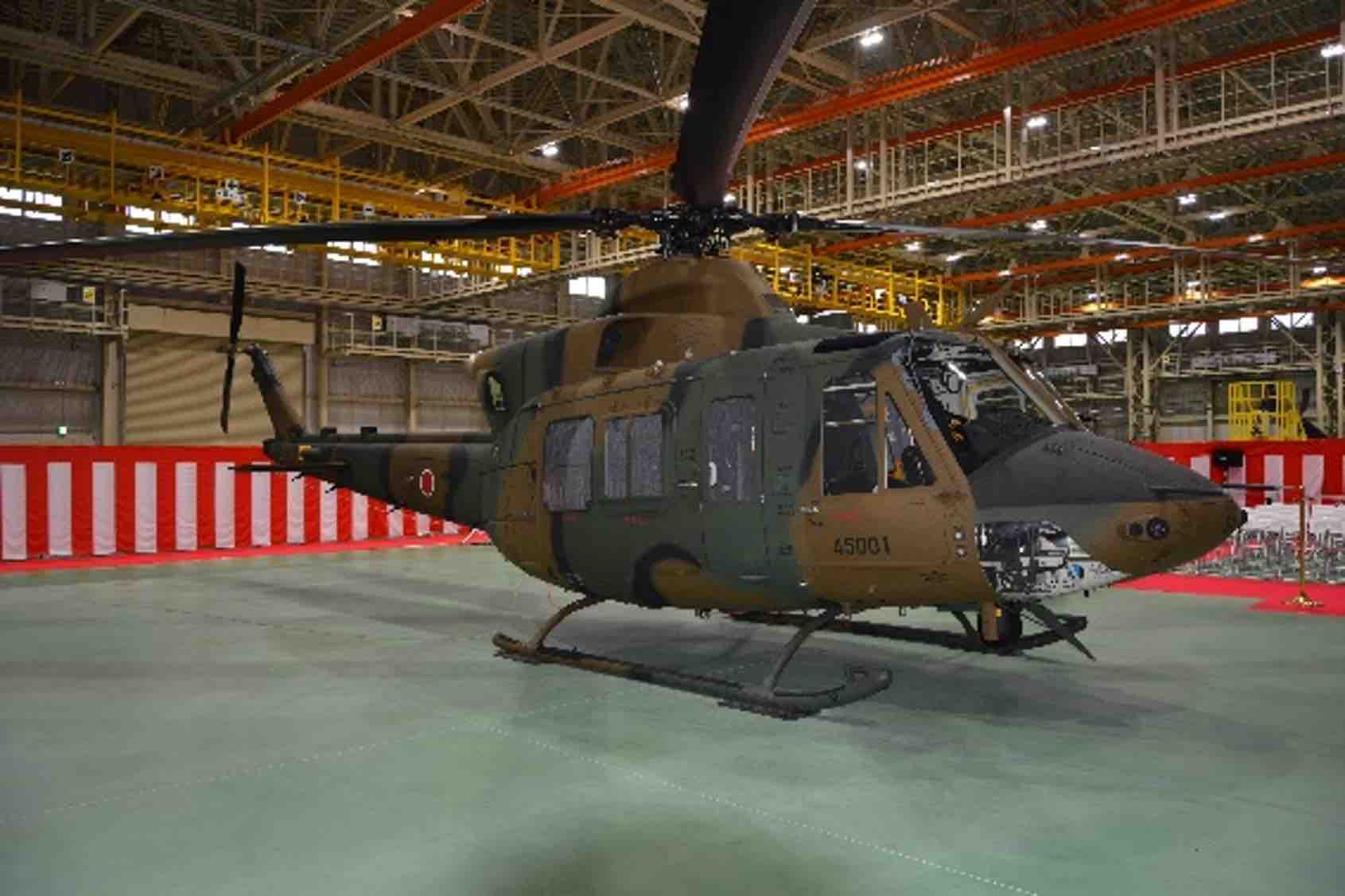
Comments